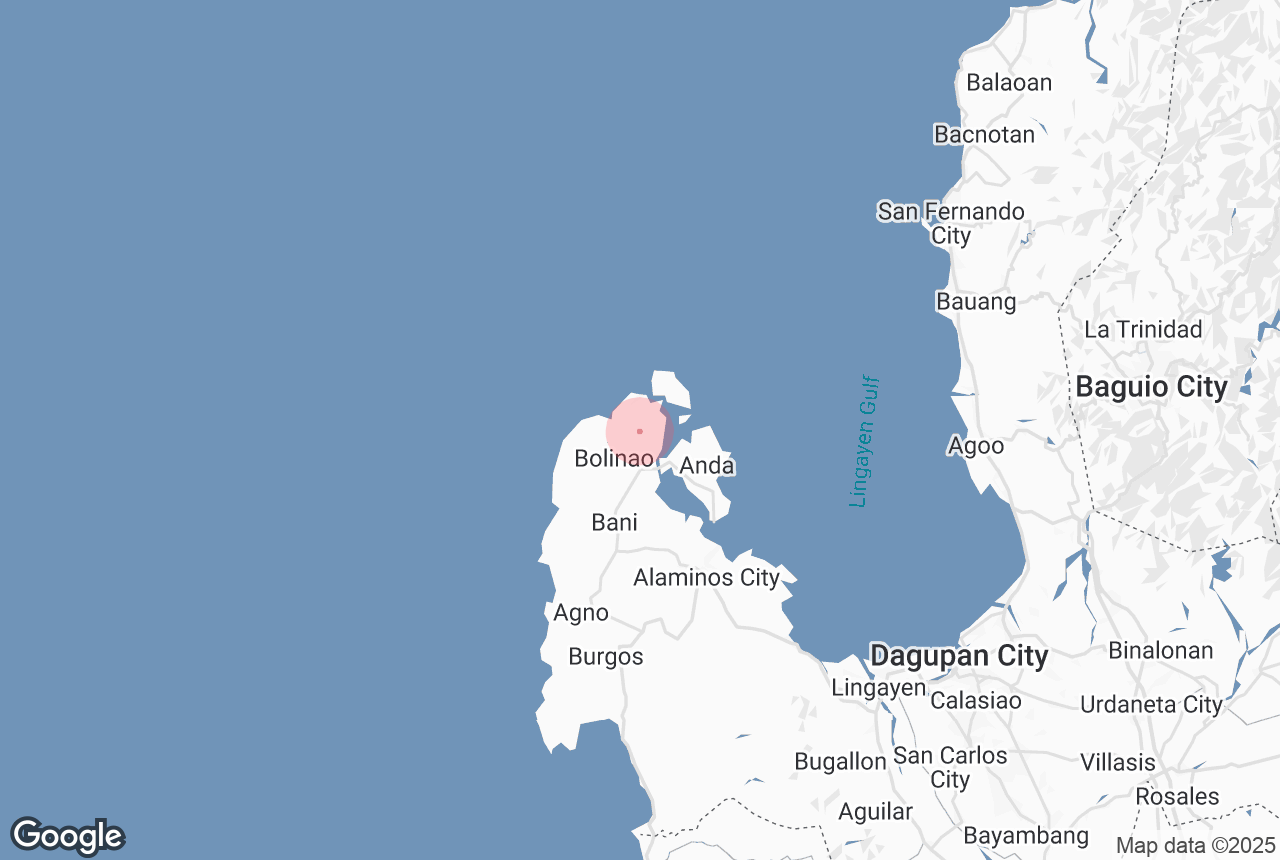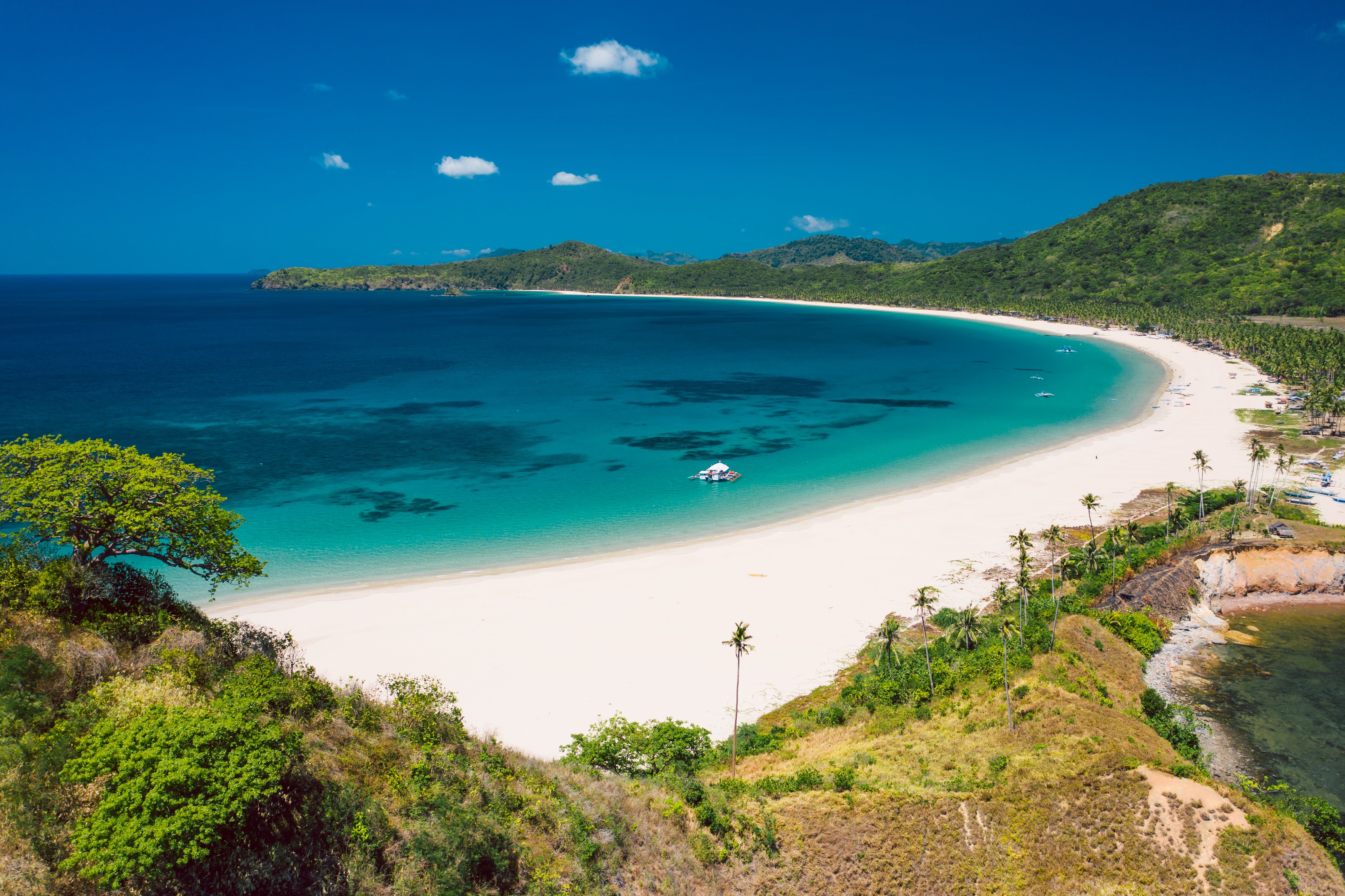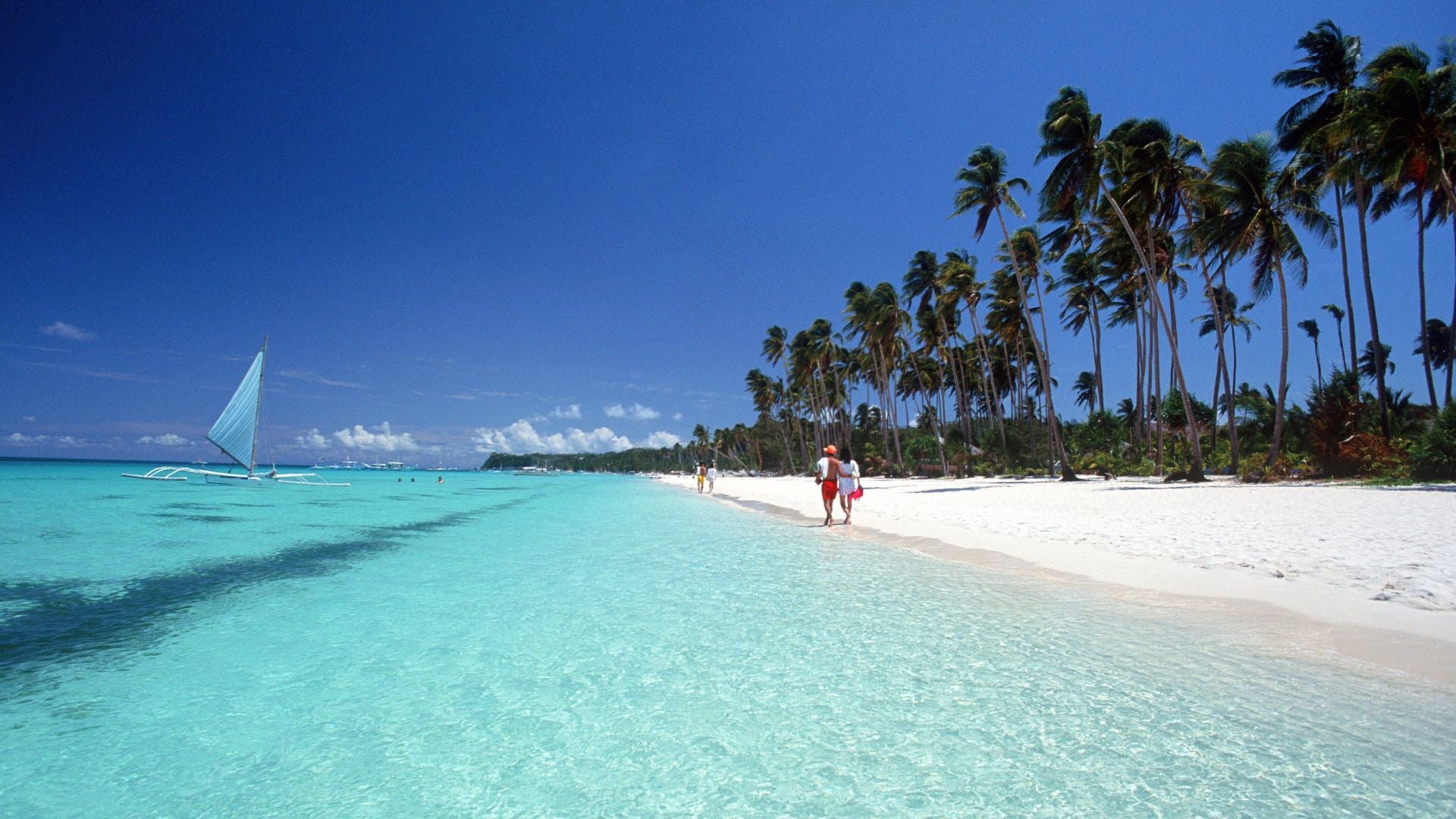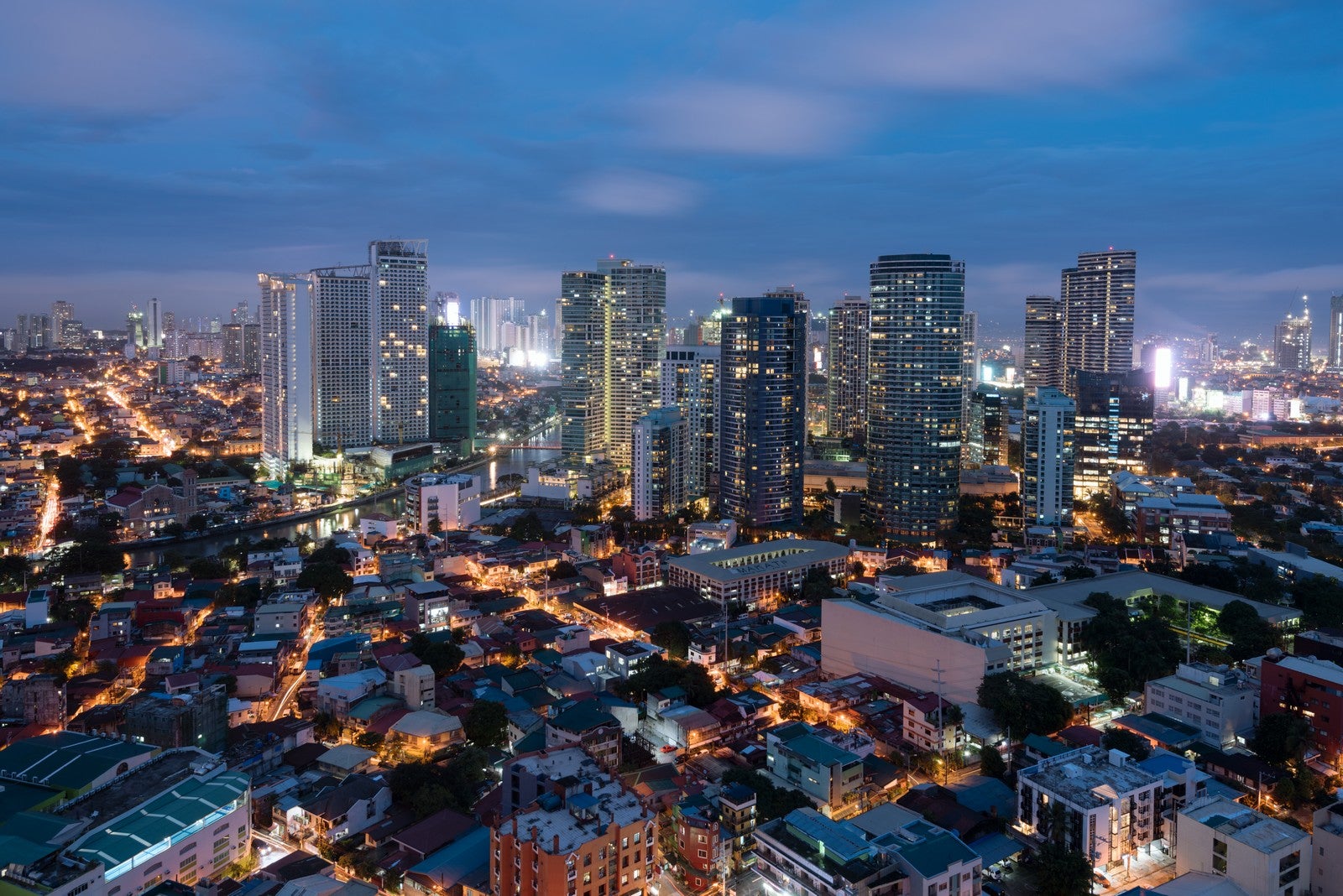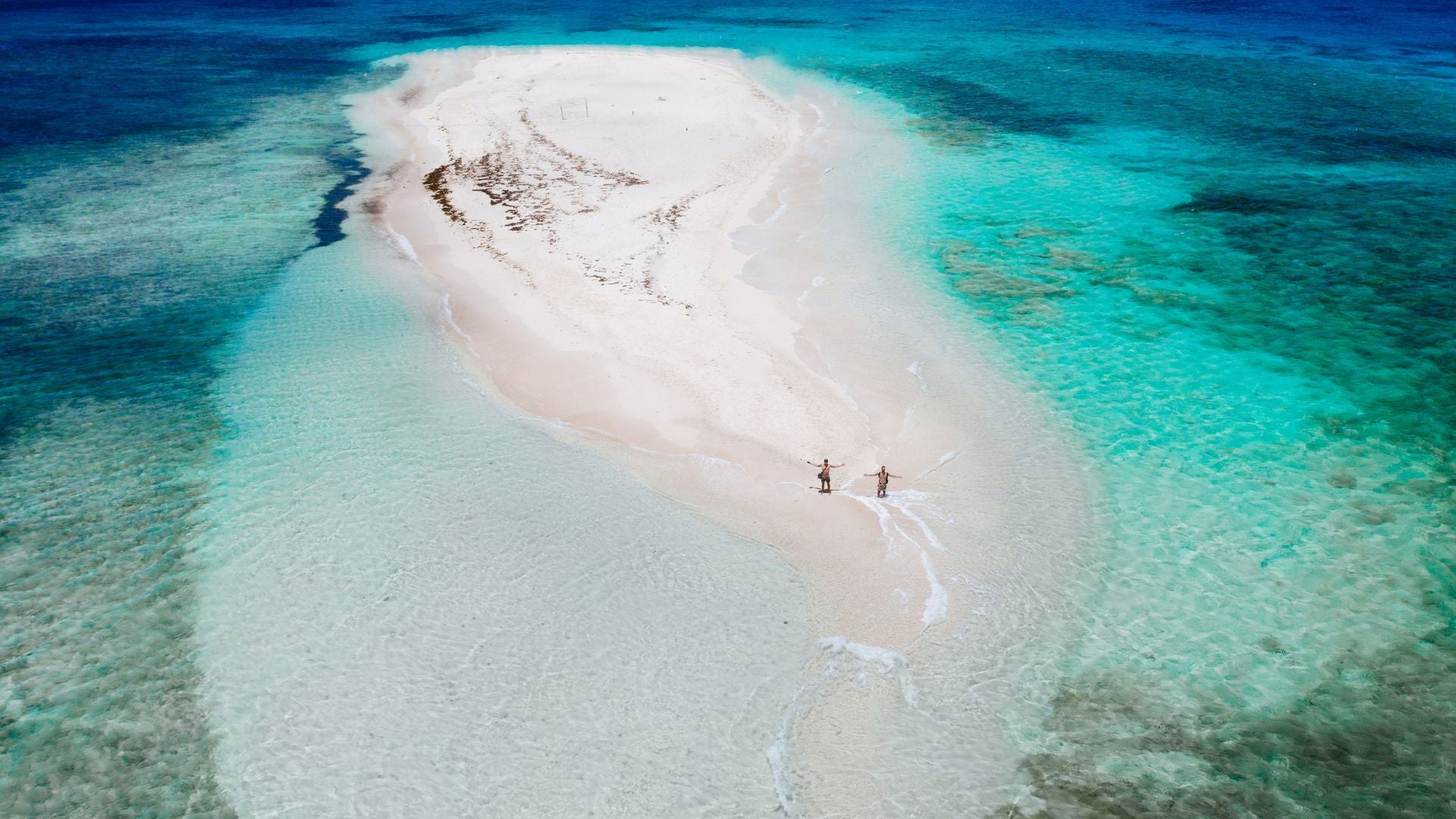
Salt Making Farm
Several salt-making farms typically line the Maasin River in Pangasinan, as it is one of the main products of the area. The word Pangasinan is derived from the Filipino word for salt or “asin,” which is appropriate considering how it roughly translates to “place where salt is made” or “the land of salt.”
Salt making is a labor-intensive process that begins in October when workers start cleaning the tiled beds and continues from December to May when the salt is harvested right before the rainy season. The salt is harvested by hand by raking the evaporated seawater into bamboo baskets.
Gourmands call the resulting type of salt “fleur de sel,” a name derived from the flower-like patterns of crystals that come from the crust formed out of the seawater that evaporates under the sun. It is prized for its subtle taste profile and the slight crunch of the salt crystals.
Best time to visit
The best time to visit salt-making farms is during the dry months of December to May, so you can also buy freshly-made batches of Pangasinan's famous salt.
